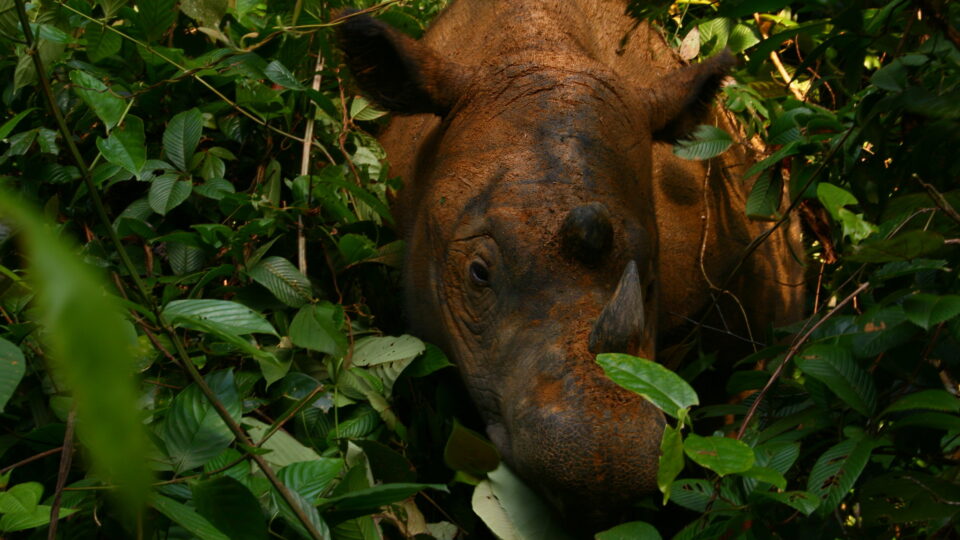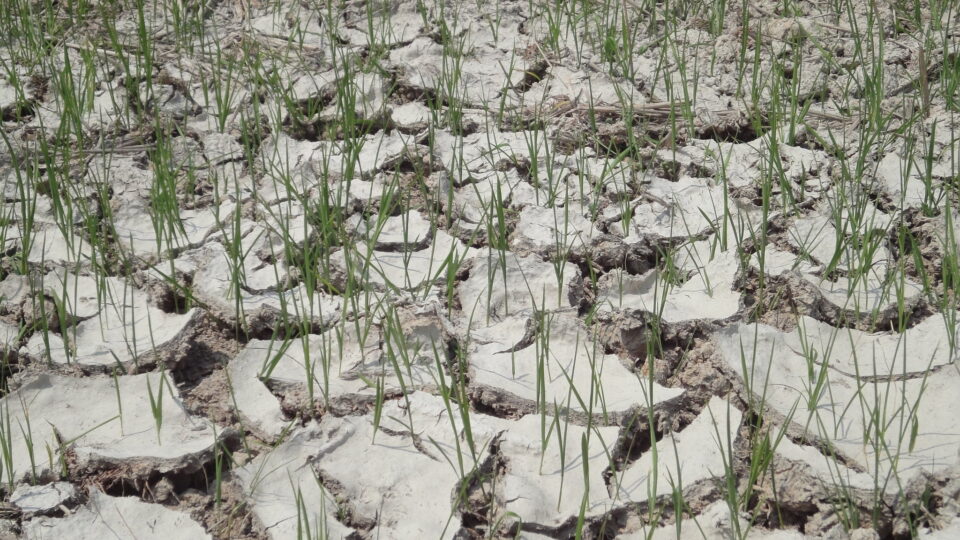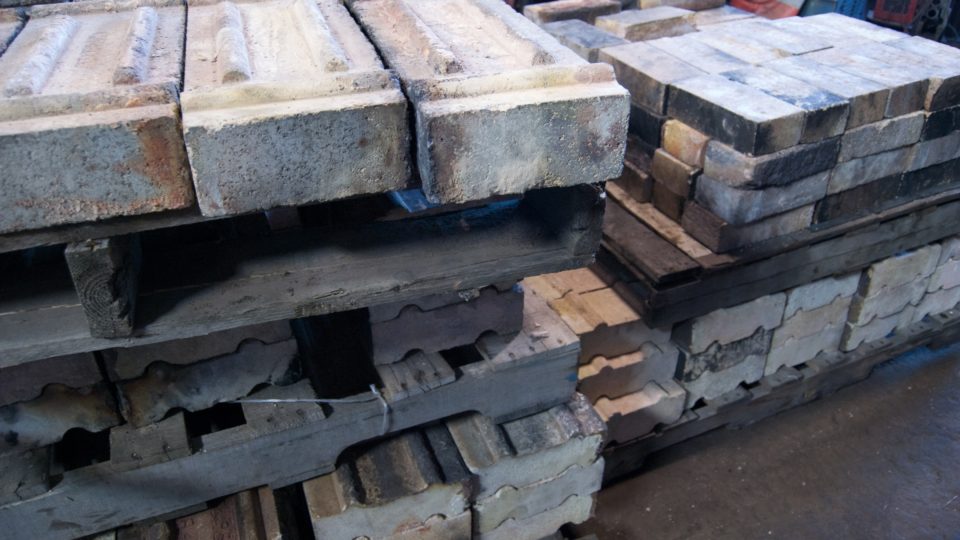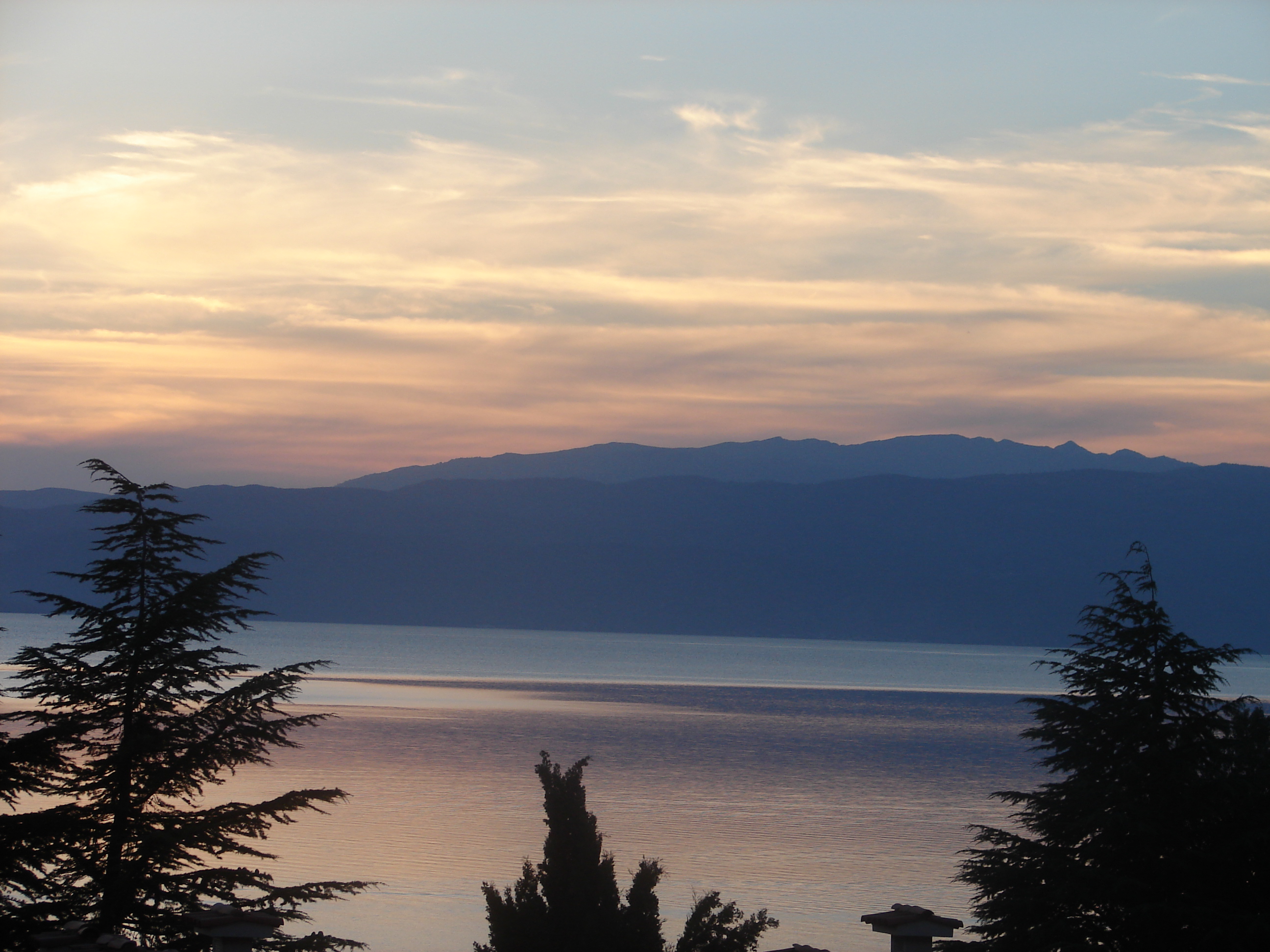The Sumatran rhinoceros is the smallest and most ancient rhino species and is the only surviving species with hair. It is critically endangered. Because of poaching and habitat destruction, there are fewer than 50 of them left in the wild and those are scattered in the rainforests of Sumatra and the Indonesian part of Borneo. Mating encounters between surviving males and females are increasingly rare.
The last male Sumatran rhino in Malaysia died in 2019 but cell samples from that individual are the basis of an ambitious effort in bioengineering.
Researchers from the Max Delbruck Center in Germany are taking skin cells from the deceased rhino and turning them into stem cells. The hope is to use these stem cells to derive egg and sperm cells to be the basis of assisted reproduction. Fertilization would take place in a petri dish. The resultant embryos would then be carried to term by surrogate rhino mothers.
The researchers have reported success generating induced pluripotent stem cells or IPS cells from the rhino skin samples. IPS cells are able to divide indefinitely and can transform into any cell type in the body.
The next step is to try to cultivate primordial germ cells – the precursors of eggs and sperm.
This work is going on because it is increasingly difficult to preserve the Sumatran rhino population by gathering together remaining individuals in wildlife Reserves. Females that have not been pregnant for a long time often become infertile because of cyst growth on their reproductive organs, and some are just too old to bear young.
It may take extraordinary efforts like these to save these animals from extinction.
**********
Web Links
A second chance for the Sumatran rhino
Photo, posted April 30, 2008, courtesy of Willem V. Strien via Flickr.
Earth Wise is a production of WAMC Northeast Public Radio



